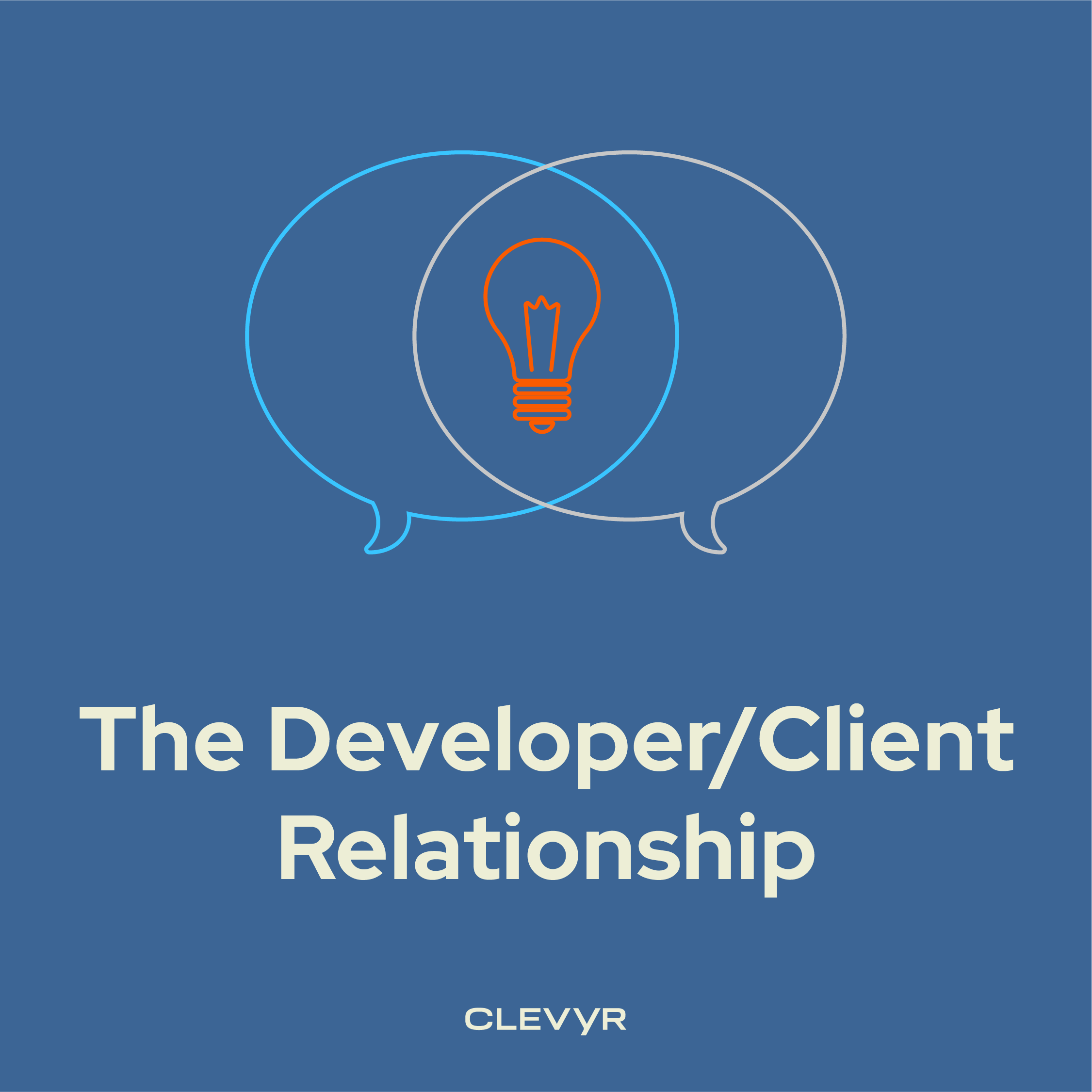Let's take a quick trip back to the early ‘90s. No cloud software. No instant messaging. No fancy dashboards pulling data from half a dozen sources in real time. If you needed something from another department, you picked up the phone, walked over to someone’s desk, or waited for someone to drop a printed report in your inbox - your physical inbox - on your desk.
Remember Sneaker Net? Walking a floppy disk across the office was a legitimate way to transfer files. It wasn’t fast, but it was how business got done.
Fast-forward back to now. You’ve got software for everything—CRM, accounting, inventory, HR—every team has a tool (or 5!) for everything, all promising to make work easier, but here’s the thing - if those systems don’t talk to each other, you’re basically right back in the ‘90s. Sure, the tools are shinier, but the process? Just as clunky.

What System Integration Actually Means
Let’s clear something up: system integration isn’t just about making apps exchange data. Just copying more data to more places only makes the signal to noise ratio worse. It’s about making sure the right information gets where it needs to go without you having to think about it.
Whether that means surfacing data in a system or tool you already have, leveraging a model to query different systems, or creating a central hub to manage collated or aggregated data from a variety of sources, the result of quality systems integration should be the same: No extra clicks, no duplicate entries, no manual workarounds, no wasted time. A well-integrated system makes your business run like it was designed that way from day one—even if it wasn’t.
What It’s Not
A lot of companies think they have integration when really, they just have a bunch of workarounds.
- Manually copying data between spreadsheets? That’s not integration.
- Downloading a report from one system just to upload it into another? Nope, not integration either.
- Emailing spreadsheets back and forth to keep teams aligned? Definitely not integration.
Those are just band-aids, and the problem with band-aids is eventually, they start peeling off.
The Hidden Cost of Staying Disconnected
Disjointed systems don’t just slow you down—they cost you. Bad integration isn’t just annoying—it’s expensive. It slows your team down, leads to mistakes, and makes customers wait longer than they should.
Think about all the hours lost to manual data entry, fixing errors, and waiting on reports that should be automatic. It adds up, and the worst part? You might not even realize how much time and money you’re losing because you’re used to the inefficiencies.
But once you fix it, it’s like flipping on a light switch. Everything just works. Your team moves faster, decisions are based on real-time data, and customers get what they need without delays.
Where Clevyr Comes In
We don’t do cookie-cutter solutions. We take the time to get to know you, and get a real look at how your business operates. That’s why we can build integrations that actually make sense for you.
The result? Less hassle, more efficiency, and a business that runs like a well-oiled machine. If your team is still “walking down the hall” for information—digitally or otherwise—maybe it’s time we had a chat.
Looking for more ways to optimize your systems?
- Check out our Best Practices for CRM User Adoption guide to ensure your team embraces these integrations wholeheartedly.
- If you’re looking to fully integrate your CRM and optimize your tech stack, check out How to Integrate Your CRM with the Rest of Your Tech Stack.
- If you’re looking to fully integrate your CRM and optimize your tech stack, contact us today to explore how HubSpot Enterprise can become your all-in-one business solution.


